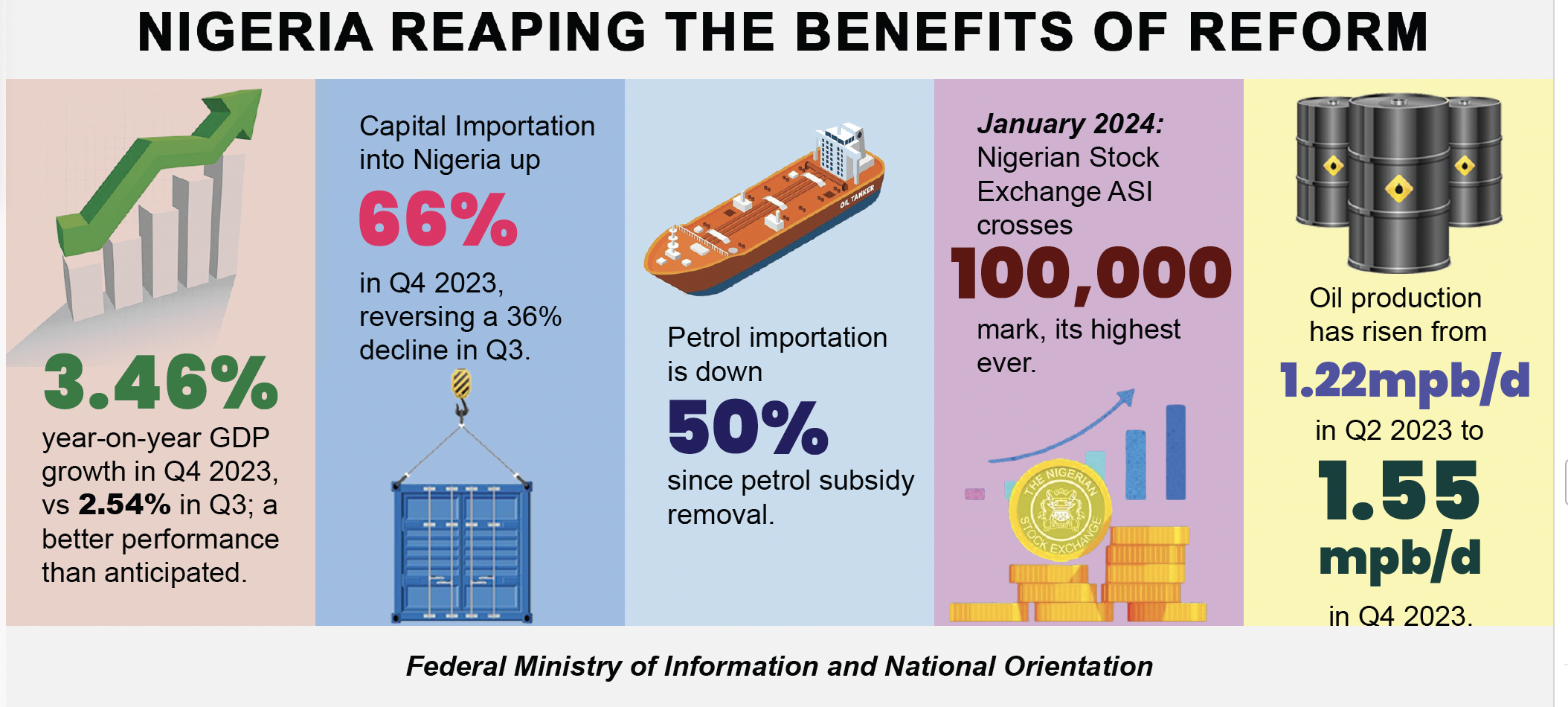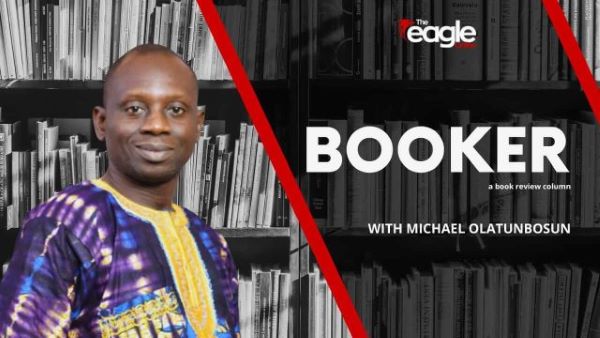The book: “Breaking the Cycle of Child Abuse (2020),” focuses on giving insights into how parents and society at large can mitigate child abuse and provide safe spaces for children.
And it is written by Patricia Abokede, a child rights activist, child evangelist, mentor, life coach and public speaker.
She is also a developmental psychologist and a practising public health nurse. The 59-page book is broken into five chapters and an epilogue. All these chapters are arranged in an intricate chain which exposes the issue of abuse and its devastating effect on the child and the society at large.
Abokede states that abuse in society is pervasive, and not limited to young ones, but adults also abuse themselves: married couples, singles, neighbours, relatives are victims of diverse forms of abuse. So, it is important to state from the beginning that abuse begets abuse in an unwanted cycle. She submits (p13) that “most people who abuse children, spouses or peers have also been victims of abuse.”

Also Read:
- APC will connect Anambra to centre in November – Ganduje
- Defilement of three-year-old: Police admit detaining 10-year-old
- Oyebanji congratulates ex-Gov. Fayemi on 60th birthday
- Ogun CP reminds motorists of virtue of patience while driving
- Ijaw Youths Network celebrates philanthropist, Mathew Tonlagha on his birthday
In the first chapter, the author discusses the issue of physical abuse, stating that oftentimes, abuse is mistaken for traditional ways of correcting children. Having defined child abuse as any form or act that is done deliberately or by mistake to inflict injury or to demean the relevance of a child, (p14) the author is bothered that adults see or treat children as though they have no emotions or feelings. And she castigates parents for the way they abuse their children under the guise of correction. She condemns the use of “wooden stick and rod as measures to demand moral uprightness” as “crude and also a form of physical abuse.” For her this is irrational, and has a long term negative effect. The whole essence is that child abuse is anything that threatens the child’s survival.
In this book, the author, who is the founder of Pabokede Initiative for Child Protection and Family Life Education, also decries what she calls corporal punishment as a form of physical abuse, (p15) in which a care-giver (teacher or babysitter) punishes the child with excessive whipping or other inappropriate punishments. She explains different types of child abuse, including physical abuse, neglect, emotional abuse, psychological abuse and sexual abuse.
In the book, the author decries some parents’ neglect of their children by denying them affection or attention, or failure to provide shelter, adequate nutrition, healthcare and other such basic things of life. The author is of the opinion that when children are neglected this way they can be depressed and dejected. This is the preoccupation of the author in the second chapter. She describes this phenomenon as the “unavailable parents”. Some parents are physically available but not emotionally available.
She notes that she has seen parents who forget children in school, and some who do not play any significant role in the lives of their children. She avers that many dump their parental duties on the laps of care-givers and are only father and mother in name! She has seen teenagers, who when told to discuss issues with their parents, would retort: “my parents are too busy to talk with” or “I can’t tell my parents that”. (p20) For her, situations like those have contributed to a lot of teenage suicide cases, and she calls on all strata of society to help break the cycle of abuse by treating every child in their lives with respect and honour.
The third chapter is dedicated to discussing the problem of emotional abuse. She writes that this is a situation in which the mental and emotional balance of the recipient is threatened, consequently causing the loss of self-esteem. She states that because emotional abuse is often not seen but verbalised, we may not even know we are doing harm to our children emotionally, and names some of the ways that parents emotionally abuse to include saying nasty things to them, subjecting them to an atmosphere of domestic violence, comparing them with other children or the use of sarcasm.
In the fourth chapter, the author devotes time to discussing child sexual abuse, which is also known as child sexual molestation. Quoting popular statistics, the author says it is frequently perpetrated using force or by taking advantage of the vulnerability of a young person, yet least reported and mostly underreported form of child abuse and maltreatment. In fact, fondling a child’s genitals, intercourse, incest, rape, sodomy, exhibitionism, child pornography, child sexual trafficking, and commercial exploitation through child prostitution are either unreported or swept under the carpet. She laments that people still perceive this menace as mainly prevalent in the western countries, and therefore do not make an effort to understand and make effort to mitigate it.
So she is alarmed (p32) that child sexual abuse or molestation is as real as the food that we eat. “As you read this line, a child or more is going through sexual abuse somewhere. Children are abused daily. Statistics say that six out of every ten children experience some form of violence – one in four girls and 10 per cent of boys have been victims of sexual violence.” The saddening part is that perpetrators are everywhere: in people’s houses, in neighbourhoods, in places of worship and in the schools. And it has severe long-term negative effects on the survivors who live with the memory for life, and it also affects the victim’s family, friends and society as a public health problem.
Describing the enormity of the act and its consequences on the victims of sexual abuse, the author writes that “sexual offenders have diverse subtle ways of getting their victims. A lot of times they call it ‘our little secret’, due to the threat that often follows sexual abuse, plus the influence of power over the survivor, child sexual abuse survivors often fear the stigma and would always be reluctant to voice out because of the “no one will believe me syndrome” (especially when the offender is a close relation). They would rather keep the abuse to themselves than exposing their ‘little secret’. (p33) “Unfortunately, this individual begins to deteriorate as a result of pain, shame, low self-esteem, regret, hate and resentment for the abuser(s). They feel betrayed by their parents and society for not taking notice of the abuse and not protecting them against the abuse.”
Essentially children going through sexual abuse exhibit lot of signs expecting their parents or caregivers to take notice and fight for them. These signs are often missed or overlooked. Other times, if the child has the boldness to talk about it they are usually not believed, mostly because of the status of the people involved. Thus child sexual abuse thrives because parents are ignorant and find it difficult to read the changing attitude and behaviour of the child. The solution: get closer to your children to know what is going on, keep talking and advocating about it, and report abusers within your community.
In this book, the author maintains that child abuse, in any form, has devastating effect on the child and the society at large. For instance, it affects the cognitive development of the child, and that it not only affects its victim but also the family and the society. She states that many survivors of child abuse have difficulties in their parenting roles.
The fifth chapter clearly shows that early child abuse has many behavioural consequences including most prominently internalising behavioural problems such as limited stress tolerance, anxiety, affective instability, depression, suicidal feeling, post-traumatic stress disorder, dissociative disturbances and hallucinatory phenomena, but also externalising behavioural symptoms including poor impulse control, episodic aggression, substance abuse, attention deficit hyperactivity disorder and conduct disorder.
In the concluding part of the book, the author challenges society to come alive to its responsibility of raising young ones in the proper way. She particularly focuses on the family because it is the very factory (so to speak) which produces the members of society. For her, to break this ghastly cycle of abuse, we must get parenting right: a shift in parenting style which will ensure the safety and sanity of children.
. Olatunbosun is a broadcast journalist, fact checker and book reviewer at Splash FM 105.5, Ibadan. He can be reached via molatunbosun@splashfm1055.com, on X and Instagram @miketunbosun.


